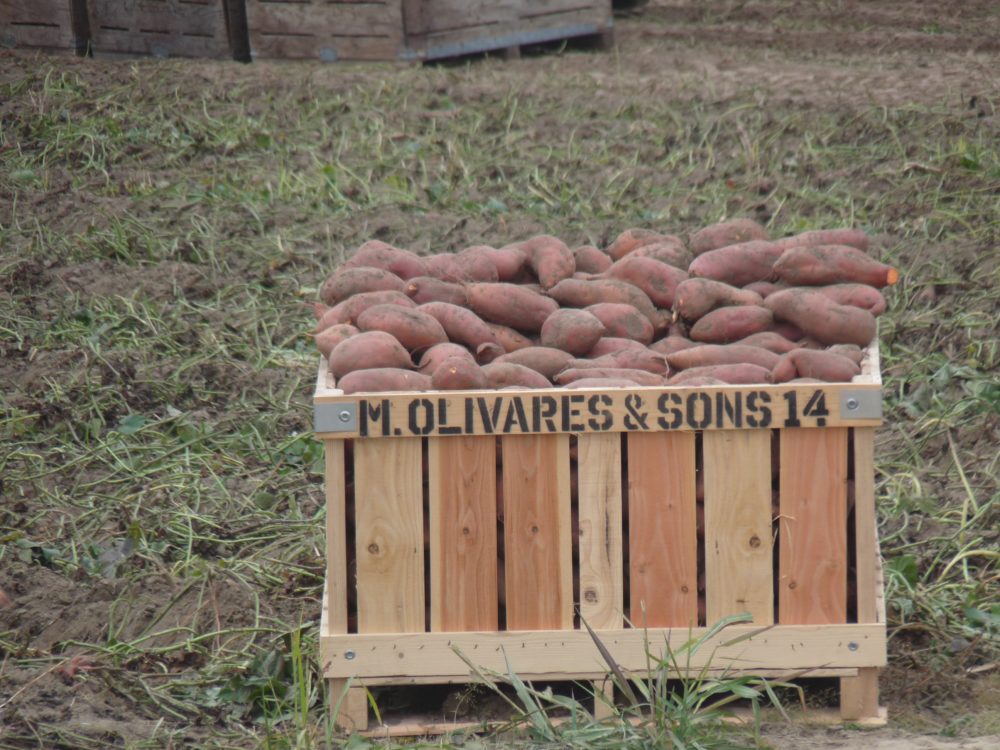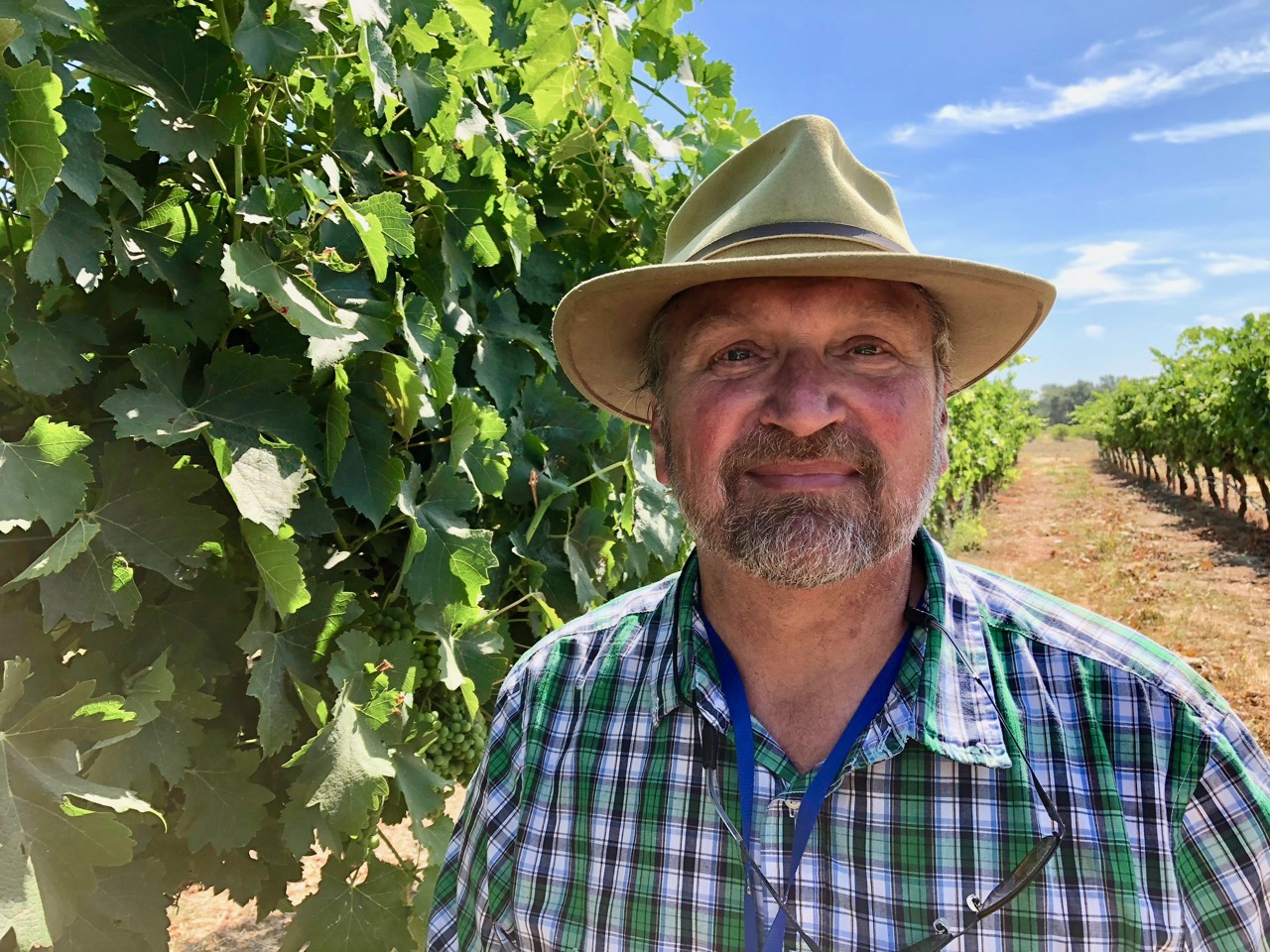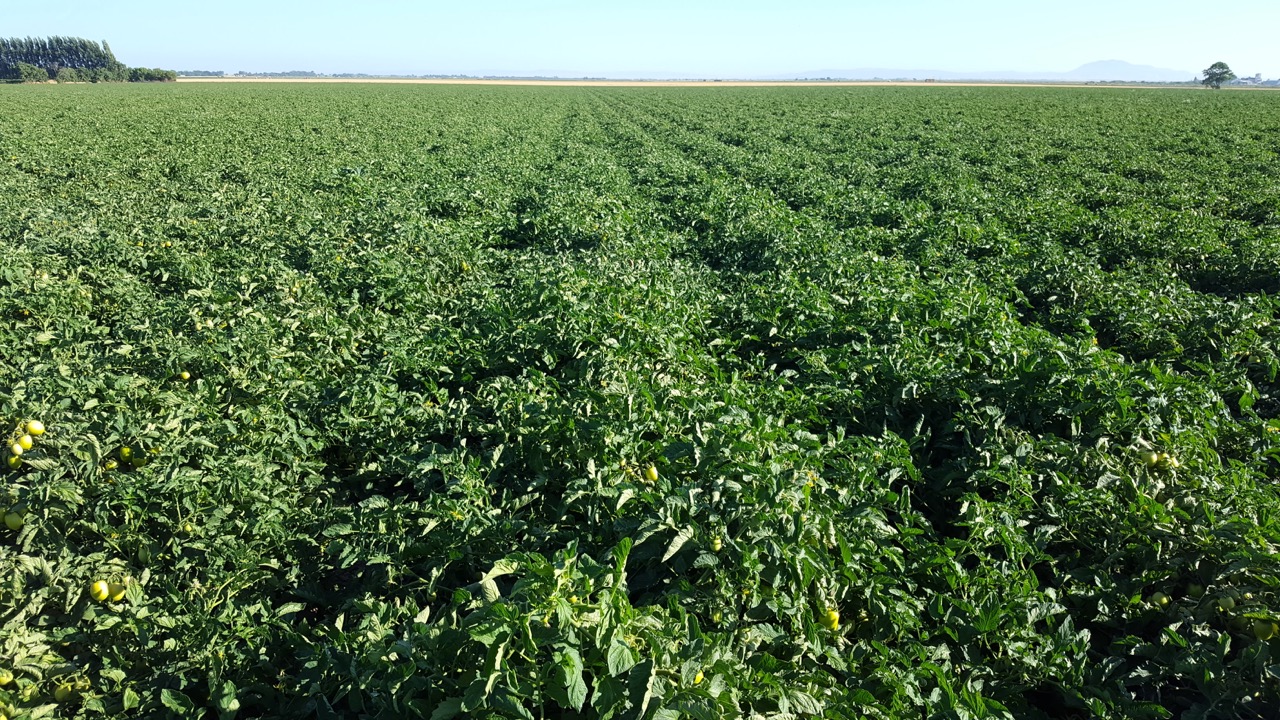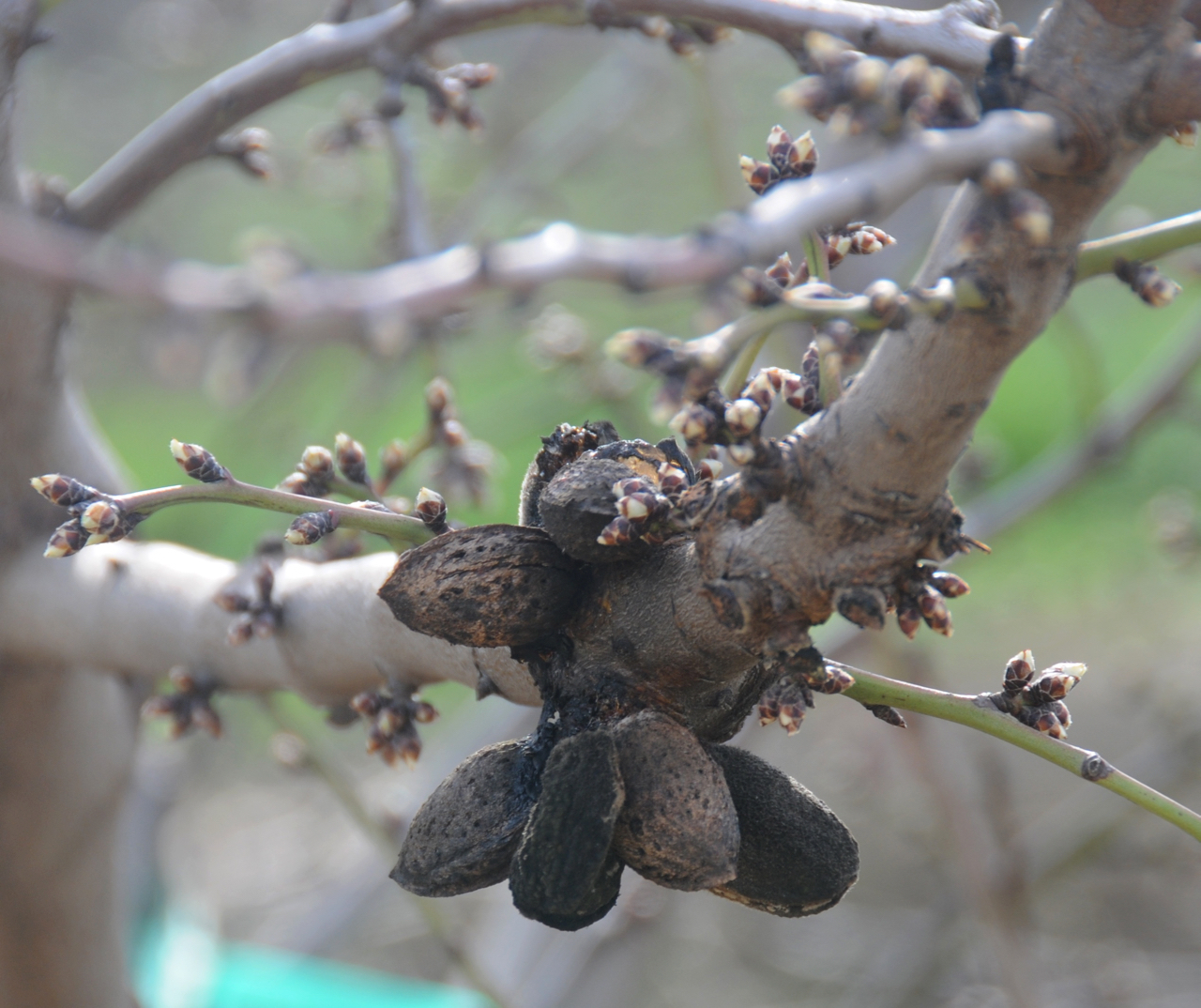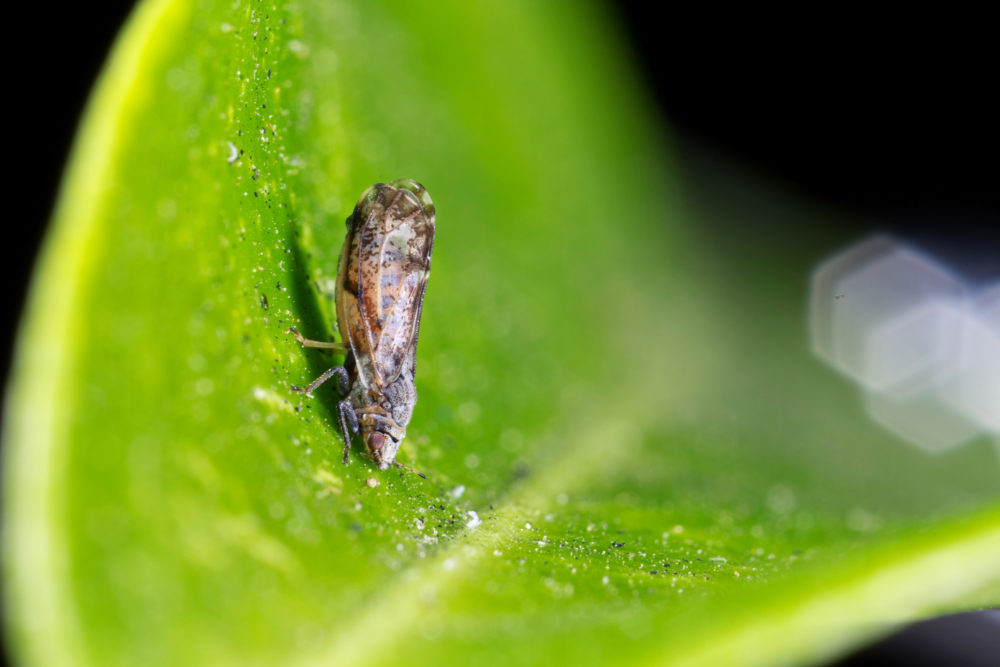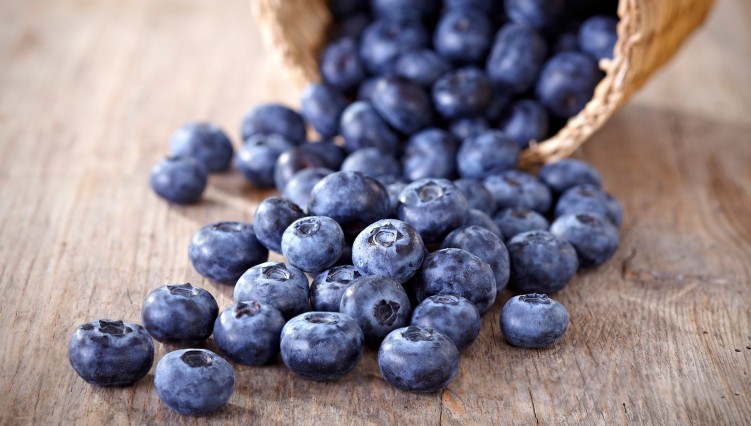California Sweet Potatoes are One of A Kind
California Sweet Potatoes Grow in Well-Drained Soil
By Jessica Theisman, Associate Editor
California sweet potatoes are in full harvest, and our potatoes are one of a kind, said Scott Stoddard a UCANR Cooperative Extension farm advisor for vegetable crops in Merced County. The difference is the sheen.
“Sometimes they come up clean out of the ground because we’ve grown them in a very loose sand, so the sand just falls off of them, and it almost leaves some shine,” he said.
You can get what is called the California Sheen.
In a lot of other areas of the country, there is a little bit of mud and a little bit of silt. The crop they’re digging up is growing in the ground and kind of looks like it needs to be washed.
“A lot of times with California sweet potatoes, they don’t even look like they need to be washed when they come up out of the ground. It looks like they can just go straight from the field to fork,” Stoddard said.
Well-drained soil is important. Well-drained soil is what they grow best in.
“Not like a cactus where they can survive on no water, but we can get by in about two and a half acre feet. That’ll give you a good 100 percent potential yield,” Stoddard explained.

